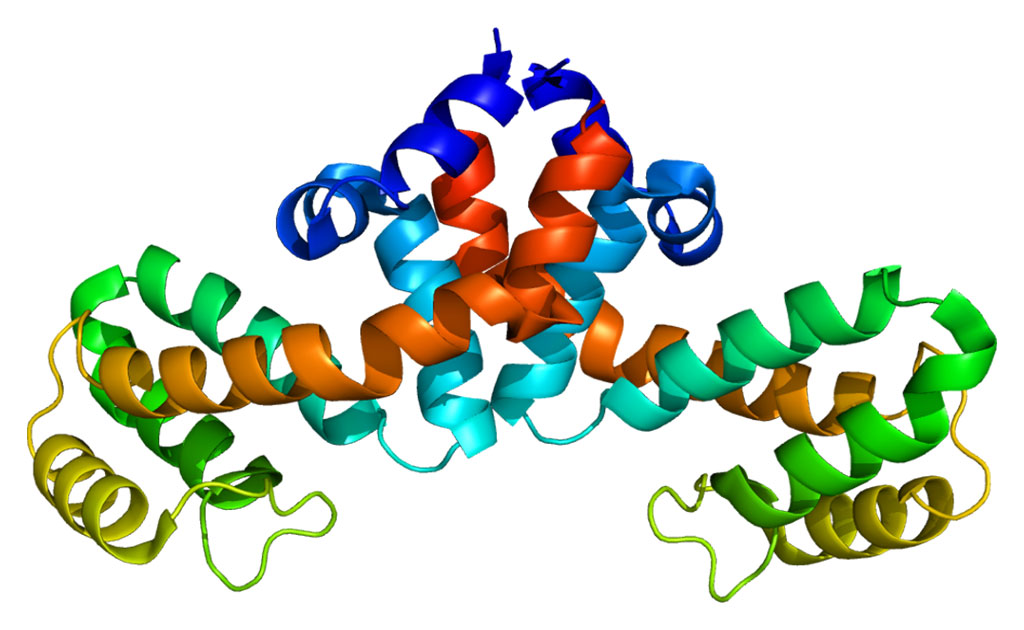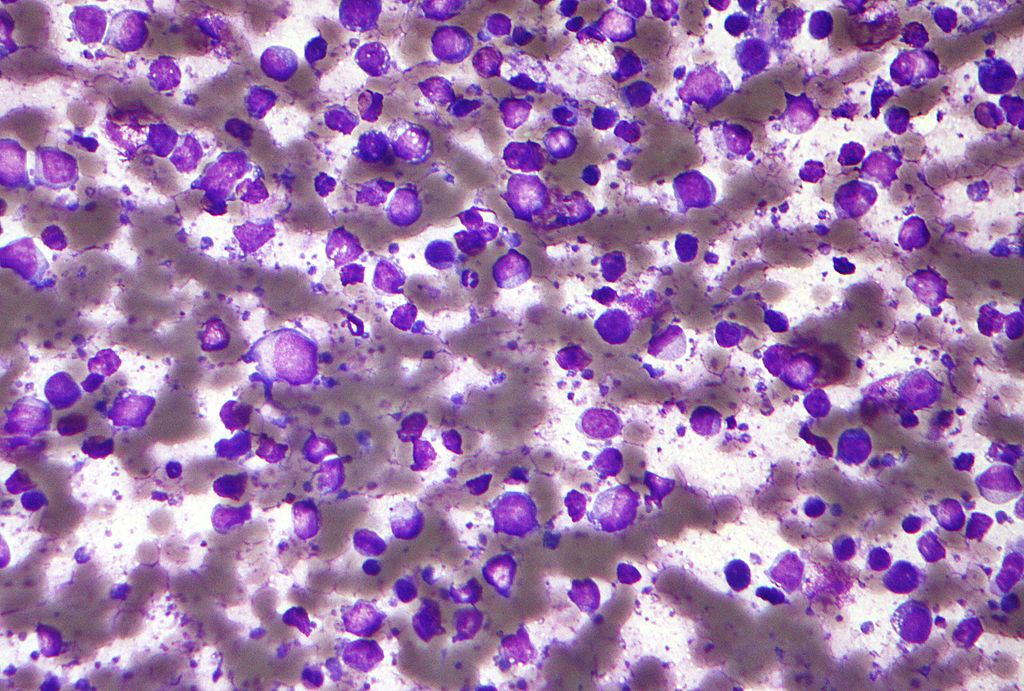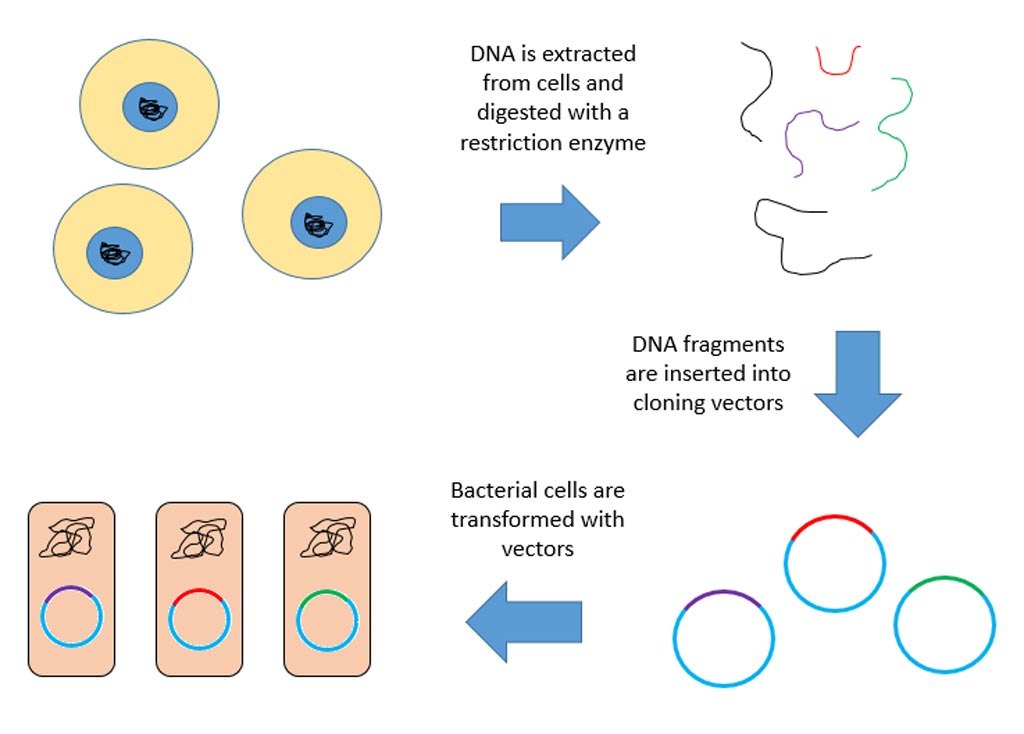Gadolinium Nanotubes Enable MRI Tracking of Transplanted Stem Cells
By LabMedica International staff writers
Posted on 24 Nov 2010
The use of high contrast nanotubes are expected to increase the sensitivity of magnetic resonance imaging (MRI) to the point that this technique will be able to follow the movement of transplanted stem cells within the body of a patient.Posted on 24 Nov 2010
The highly toxic rare earth element gadolinium is used in a chelated form as a contrast reagent for MRI. A recent study has carried this use a step farther by sequestering the gadolinium inside carbon nanotubes. The resulting microscopic tubes are called "gadonanotubes,” and investigators at Rice University (Houston, TX, USA) have used them to label pig bone marrow-derived mesenchymal stem cells (MSCs).
They reported in the October 20, 2010, online edition of the journal Biomaterials that images produced using gadonanotubes were approximately 40 times brighter and clearer than traditional MRI images. In particular, the nanotubes readily entered and became concentrated in abnormal tissue such as tumors or damaged heart muscle. This level of sensitivity is such that it will allow tracking of labeled cells, such as stem cells, inside the body of a patient. The magnetic properties of gadolinium will allow the clinician to guide the nanoparticle-labeled cells to precise locations where they can be deposited and allowed to grow and differentiate.
"MRI images are 40 times clearer, brighter, and easier to read than before,” said senior author Dr. Lon Wilson, professor of chemistry at Rice University. "Until now, there has not been an effective way to track the cells within the body after they are delivered to the heart, and to test their effectiveness while they are in the heart.”
Related Links:
Rice University














